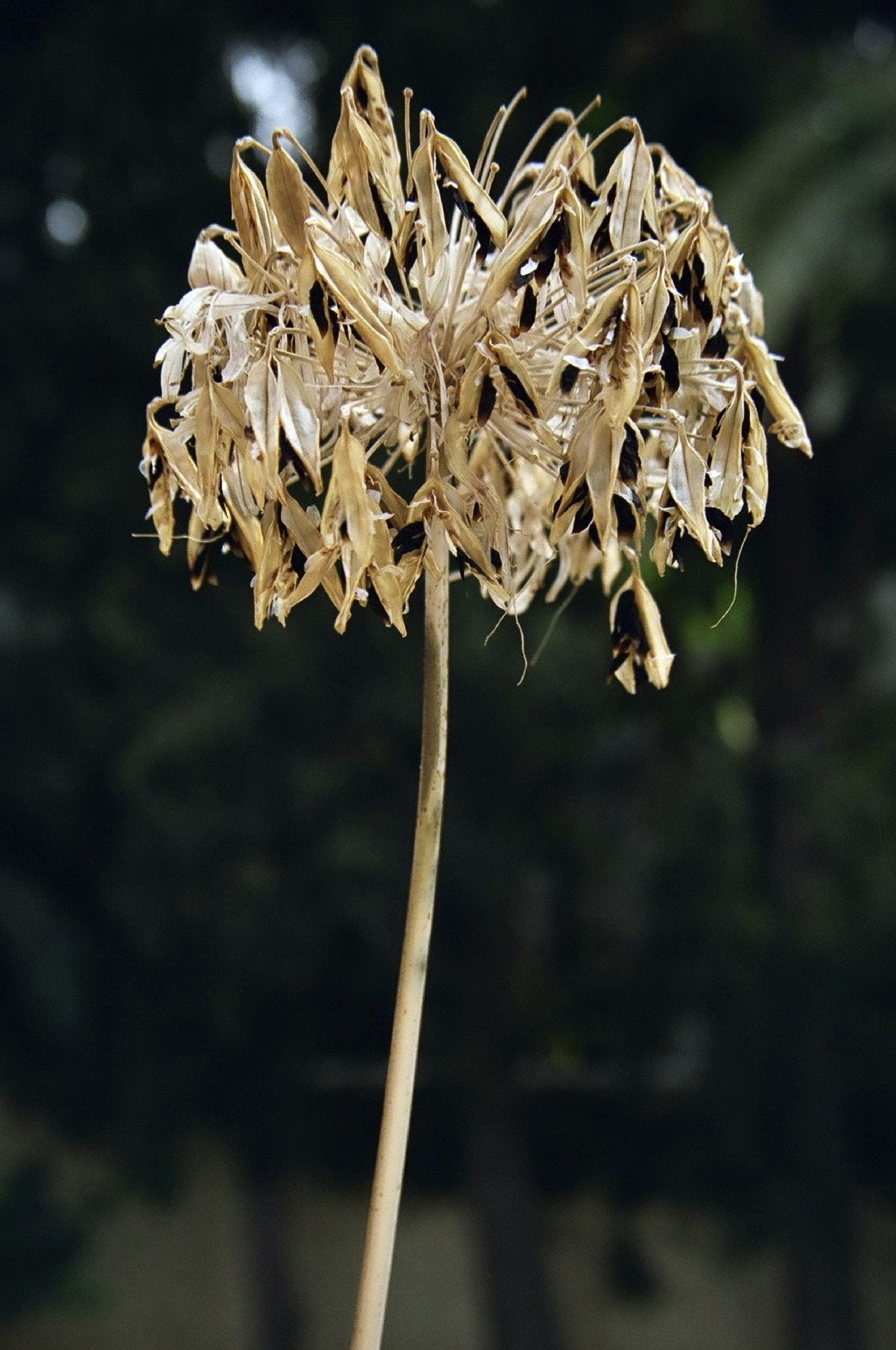Agapanthus Pruning: Tips On Cutting Back Agapanthus


Trimming agapanthus plants is an easy task that keeps this perennial bloomer from becoming shaggy and overgrown. Additionally, regular agapanthus pruning can discourage rambunctious plants from becoming overly weedy and invasive. Read on to learn more about when and how to prune agapanthus plants.
Should I Trim Agapanthus?
Agapanthus is a nearly indestructible, summer-blooming plant that will likely survive even without regular maintenance. However, dedicating a few minutes to deadheading, trimming and cutting back agapanthus will pay off with healthier plants and bigger, more impressive blooms.
Trimming Agapanthus Plants: Deadheading
Deadheading – which involves simply removing blooms as soon as they wilt – keeps the plant neat and tidy throughout spring and summer. More importantly, it allows the plant to produce more blooms.
Without deadheading, the plant goes to seed and the blooming season is shortened considerably. To deadhead agapanthus, simply use pruners or garden shears to remove the faded flower and the stalk at the base of the plant.
Note: Agapanthus can become weedy and is considered invasive in some areas. If this is the case where you live, it’s critical to remove the blooms before they have time to develop seed heads and distribute seeds in the wind.
On the other hand, if this isn’t a problem in your region and you want agapanthus to self-seed for an impressive display in coming seasons, leave a few blooms intact at the end of the blooming season.
Cutting Back Agapanthus: How to Prune Agapanthus
Deciduous varieties – Cut back agapanthus stems to about 4 inches (10 cm.) above the ground at the end of the blooming season. However, if you like the texture and structure that spent plants provide to the winter landscape, cutting back agapanthus can wait until early spring.
Sign up for the Gardening Know How newsletter today and receive a free copy of our e-book "How to Grow Delicious Tomatoes".
Evergreen varieties – Evergreen agapanthus varieties require no cutting back. However, you can trim both evergreen and deciduous plants as needed to remove dead, damaged or unsightly growth. Unless the plant is diseased (which is unlikely for this hardy plant), it’s perfectly acceptable to toss the prunings on the compost heap.

A Credentialed Garden Writer, Mary H. Dyer was with Gardening Know How in the very beginning, publishing articles as early as 2007.